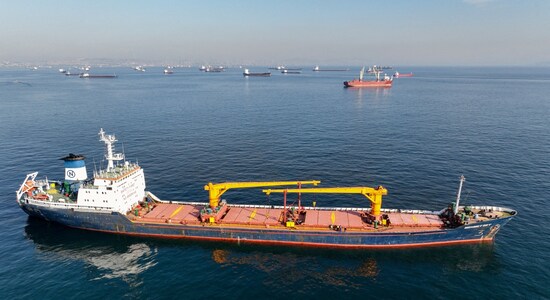
 1 / 9
1 / 9An international deal that allows Ukraine's grain shipments by sea will expire in July, after having been extended thrice since it was signed on July 22, 2022. Russia's foreign ministry has now said there are "no grounds" to continue the pact, which could endanger global food security. The Black Sea Grain Initiative has enabled 32.75 million tonnes of crops to reach global markets. (Image: Reuters)
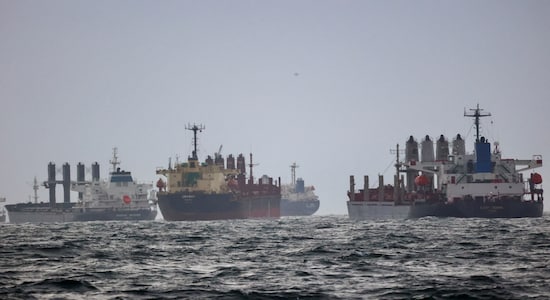
 2 / 9
2 / 9What is the Black Sea Grain Initiative | The Initiative on the Safe Transportation of Grain and Foodstuffs from Ukrainian ports, also called the Black Sea Grain Initiative, is an agreement between Russia and Ukraine made with Turkey and the United Nations (UN) during the 2022 Russian invasion of Ukraine to open a safe maritime humanitarian corridor in the Black Sea to transport grains from Ukrainian ports. It is not a direct agreement between Russia and Ukraine. Instead, each country signed "mirror" agreements with Turkey and the UN separately. (Image: Reuters)
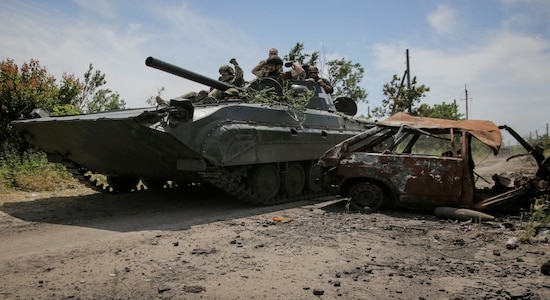
 3 / 9
3 / 9Background | Russian invasion of Ukraine in February, 2022 led to a complete halt of maritime grain shipments from Ukraine, previously a major exporter via the Black Sea. Russia temporarily halted its grain exports, resulting in a rise in world food prices and the threat of famine in lower-income countries. To address the issue, Turkey (which controls the maritime routes from the Black Sea) hosted discussions, supported by the UN. The resulting agreement was signed in Istanbul on July 22, 2022. (Image: Reuters)
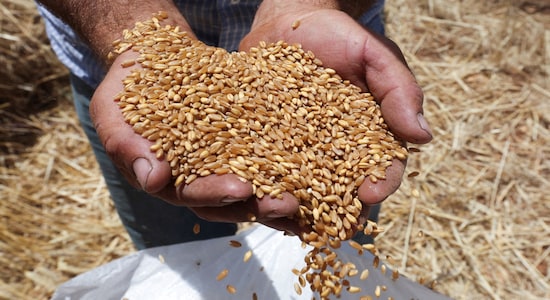
 4 / 9
4 / 9Why was the grain deal needed? | Ukraine is a major exporter of sunflower, maize, wheat and barley. According to the US Department of Agriculture, the percentage share of global exports for sunflower, barley, maize, and wheat from 2021 to 2022 were 46%, 17%, 12% and 9% respectively. When Russia invaded in February 2022, its naval vessels blockaded Ukraine's ports, trapping some 20 million tonnes of grain. That sent global food prices soaring and food supplies were particularly threatened in Middle Eastern and African countries, which rely heavily on Ukrainian grain. (Image: Reuters)
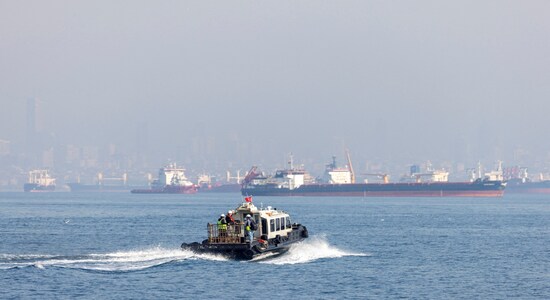
 5 / 9
5 / 9How does the grain corridor work? | The agreement lets cargo ships pass safely through the Black Sea to and from the ports of Odesa, Chornomorsk and Yuzhny/Pivdennyi. The length of the corridor is 310 nautical miles and the width of the corridor is 3 nautical miles. (Image: Reuters)

 6 / 9
6 / 9How has the deal impacted world food prices? | In May 2022, "Solidarity lanes" were established to increase Ukrainian grain exports and in July, the UN-brokered deal guided ships safely out Ukrainian ports. The extra supply of grains following the Black Sea Grain deal was a major factor in lowering world food prices. (Image: Reuters)
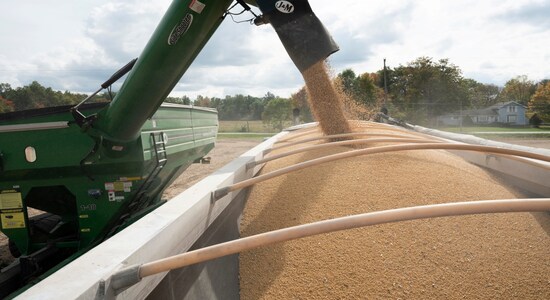
 7 / 9
7 / 9How much grain is being exported?| Over 32 million tonnes of grain and other foodstuff, as well as fertiliser was shipped from Ukraine via the corridor since August 2022. But Ukraine is exporting 30% less food than it did before the Russian invasion, according to its agriculture ministry. The causes for lower exports are attributed to a) farmers producing less due to the fighting across large parts of the country and b) Russia is allegedly delaying cargo ships heading to ports to pick up produce. (Image: Reuters)
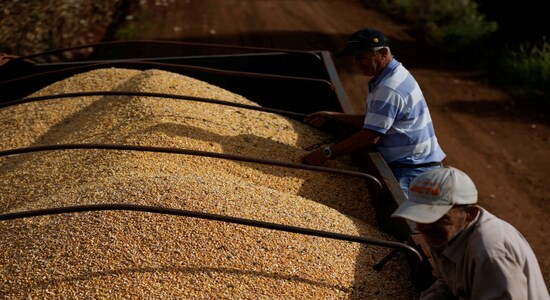
 8 / 9
8 / 9Where are Ukraine's exports going? | Although, only about a quarter of Ukraine's food exports have been going to the world's poorest countries. According to the UN figures, 47% is being exported to “high-income countries” including Spain, Italy and the Netherlands. 26% is exported to “upper-middle income countries” such as Turkey and China, while only 27% is going to “low and lower-middle income countries” like Egypt, Kenya and Sudan. (Image: Reuters)
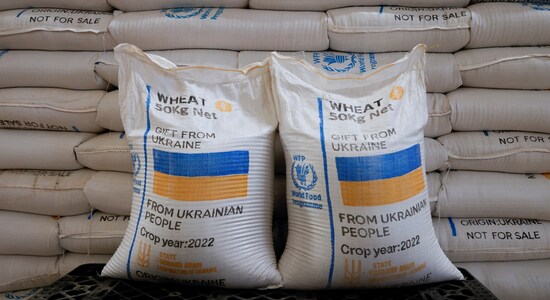
 9 / 9
9 / 9In 2022, more than half of the wheat grain procured by the United Nations World Food Programme came from Ukraine. (Image: Reuters)

